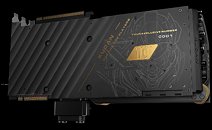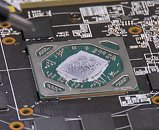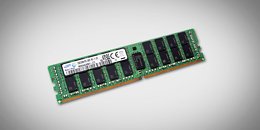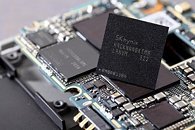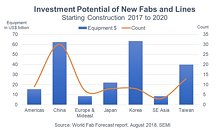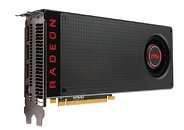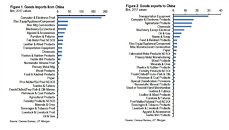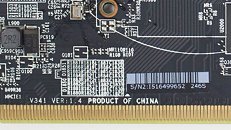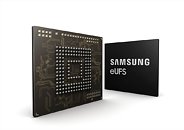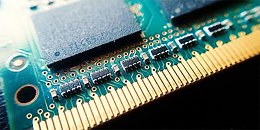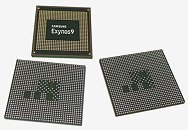
Softbank Dumps its Entire NVIDIA Stock Worth $3.6 Billion
Japan's Softbank is known for far-sighted strategic investments in the technology industry. It shook Silicon Valley this morning by announcing a sale of its entire NVIDIA shareholding, valued on December 31 at JPY 39.8 billion, or USD $3.6 billion. It's the worst possible time to be NVIDIA's CFO, with the company having shed over 50 percent in value in the wake of the crypto-currency fall, mediocre demand for RTX 20-series graphics cards, and "deteriorating economic conditions in China" for the company. NVIDIA recently trimmed its outlook for revenues from gaming hardware sales by $500 million, eroding more share value. Softbank's tech portfolio now includes ARM Holdings, Uber, WeWork, Slack, among dozens of other tech startups.






